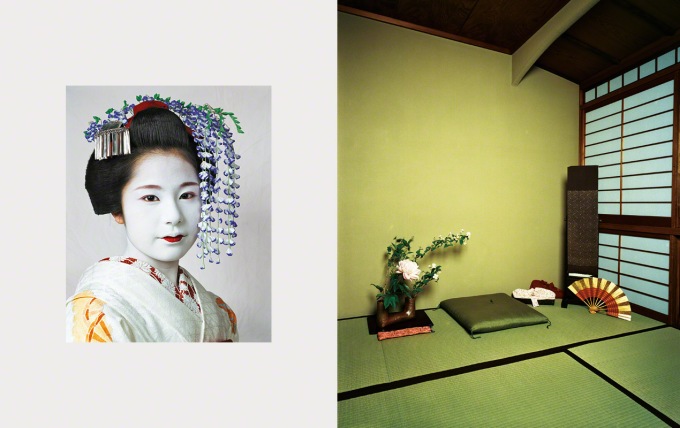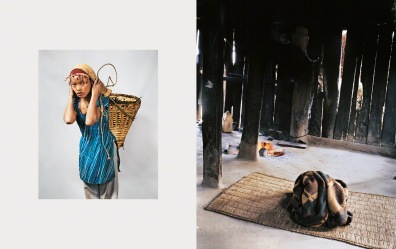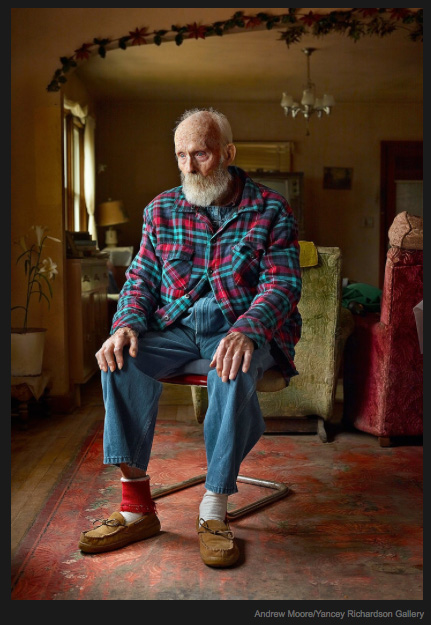I chose an image from the photo essay “Where Children Sleep” by James Mollison. The image I chose was the photo of Jaime, age 9, from New York. This particular image caught my eye in a way I did not expect. It seems that as I clicked my way through the images of “Where Children Sleep,” I expected to feel very sad when I looked at photos of poor children, and relieved when I saw images of kids who had a decent place to sleep. Unfortunately, when I looked at this picture, I felt the distinct feelings of judgment and frustration. Now, I do not think my reaction was a result of the boy’s apparent wealth; I believe it was a result of the framing in the image.
First, our eye is drawn to the all-white furniture against the horrifying pattern of the carpet. My eyes actually felt strained when I looked at that carpet. Then the lines of the photo point us towards the boy’s desk. On this desk, there are a number of very neatly placed objects. Above the desk, on two perfectly mounted shelves, were a globe, what seem to be miniature versions of tourist spots (the Eiffel Tower, the Empire State building, the statue of liberty), and a surprising number of trophies, as well as medals dangling from the bottom shelf. The busyness of the carpet, the wallpaper which mismatches with the uniform all-white furniture, and the child’s belongings all seem so out of place, so I might consider that as a hook for this photo (rather than the whole essay). While everything in the room seems to have a place, something seems off – possibly a result of the angle of the picture, since I always thought pictures of a bedroom tend to be taken from a front or side view of the bed (with the bed as the focus point in the room). Instead, we get the whole essence of Jaime’s room.
The story conveyed seems to be the story of a boy in New York, who is heavily involved in sports (signified by the trophies, as well as the golf clubs in the corner) and music (the cello). We can also see that this boy is wealthy enough to have a decent-sized room in New York – which is impressive in itself. However, I think my frustration came from the juxtaposition of the picture of Jaime with the contents of his room. It seems that Jaime must be wealthy – given his belongings, his awful carpet, and the suit that he is wearing (seriously, that kid is 9) – and yet his facial expression indicates that he could not care less. He looks bored and that struck me, as I looked at this image in contrast with the rest of the photo essay. It was hard to take in a boy with nice things, who had such an unconcerned look on his face, as I tried to understand the hardships of young children who slept on dirty tires, or on a barren hill. My sadness for the poor children was juxtaposed awkwardly with the image of Jaime, which resulted in my overall angry response to the photo. While I wish I could say this picture makes me happy because Jaime has a place to sleep, the elements that James Mollison used in this picture just force my opinion of Jaime as an arrogant little boy who should be more grateful for what he has, when some people do not even have a bed to sleep on. It’s fascinating how quick we are to judge the characters in the images set before us. It makes me wonder if our digital age is making us more or less prone to assuming things about people we do not know. Has an image become the new “first impression”?









